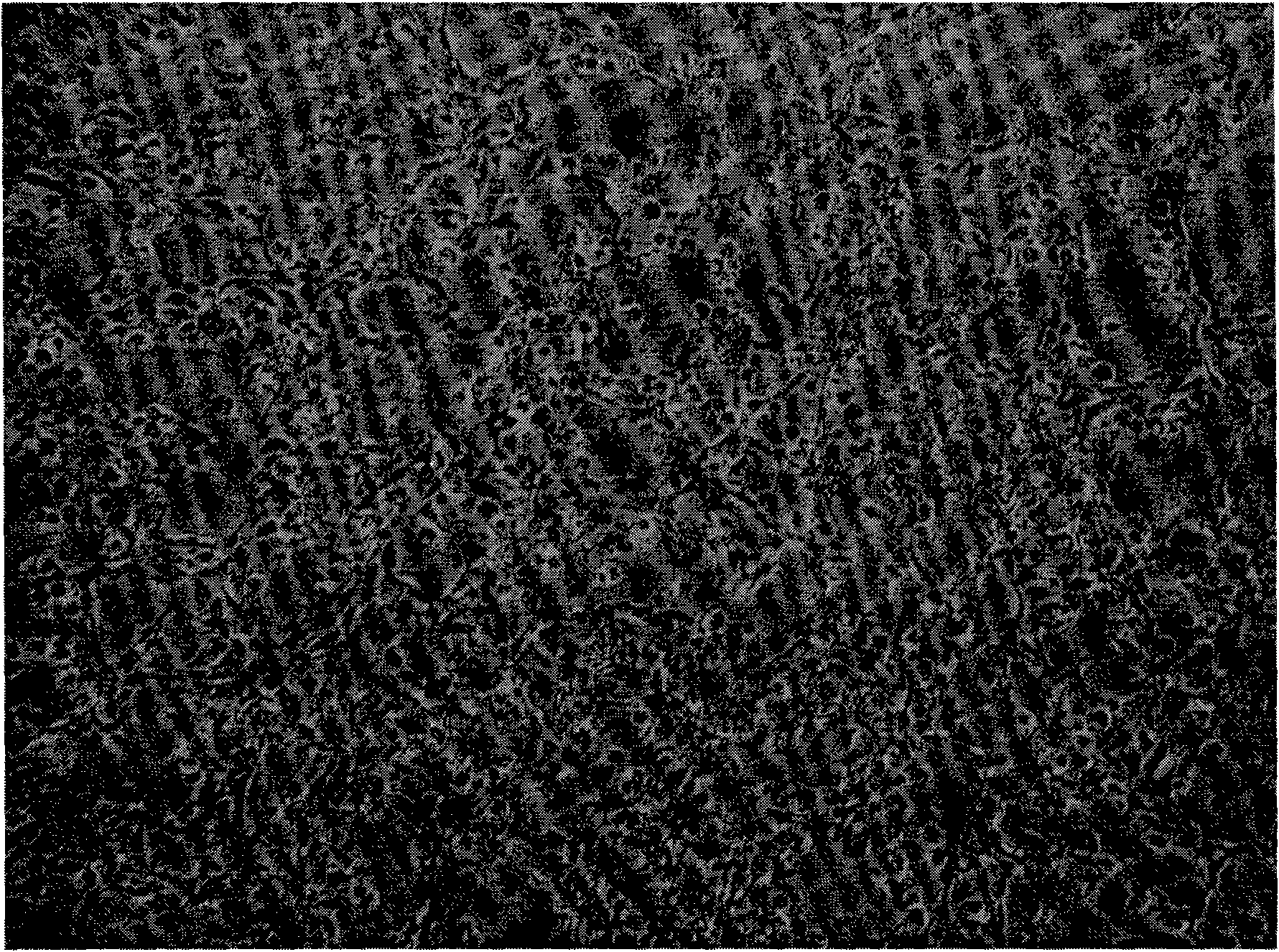Swine influenza A H1N1 virus and use thereof
A type of influenza virus, influenza virus technology, applied in the direction of antiviral agents, viruses/phages, medical preparations containing active ingredients, etc., can solve the problem of lack of porcine H1N1 influenza virus serum antibodies and other issues
- Summary
- Abstract
- Description
- Claims
- Application Information
AI Technical Summary
Problems solved by technology
Method used
Image
Examples
Embodiment Construction
[0044] The nasopharyngeal swab samples of 600 cases of healthy pigs slaughtered in slaughterhouses in Zhejiang, my country were collected for culture and identification. Seven strains of virus that can produce obvious cytopathic changes and can be stably propagated were isolated by cell culture, and were identified as swine influenza A H1N1 virus.
[0045] 1) Isolation and culture of pathogens: Throat swab specimens were processed and cultured according to the method recommended by WHO. Specimens were treated with penicillin and streptomycin (both at a final concentration of 100ug / ml) for more than 4 hours, centrifuged at 1500g at 4°C for 10 minutes, and the supernatant was inoculated into MDCK cells. Cultured under the condition of 5% CO2 at 37°C, observed the cytopathic effect (CPE) under an inverted microscope after 24 hours, and the pathological cells were stained with DIF and identified as influenza A virus by fluorescence microscope observation.
[0046] 2) Whole gene se...
PUM
 Login to View More
Login to View More Abstract
Description
Claims
Application Information
 Login to View More
Login to View More - R&D Engineer
- R&D Manager
- IP Professional
- Industry Leading Data Capabilities
- Powerful AI technology
- Patent DNA Extraction
Browse by: Latest US Patents, China's latest patents, Technical Efficacy Thesaurus, Application Domain, Technology Topic, Popular Technical Reports.
© 2024 PatSnap. All rights reserved.Legal|Privacy policy|Modern Slavery Act Transparency Statement|Sitemap|About US| Contact US: help@patsnap.com










